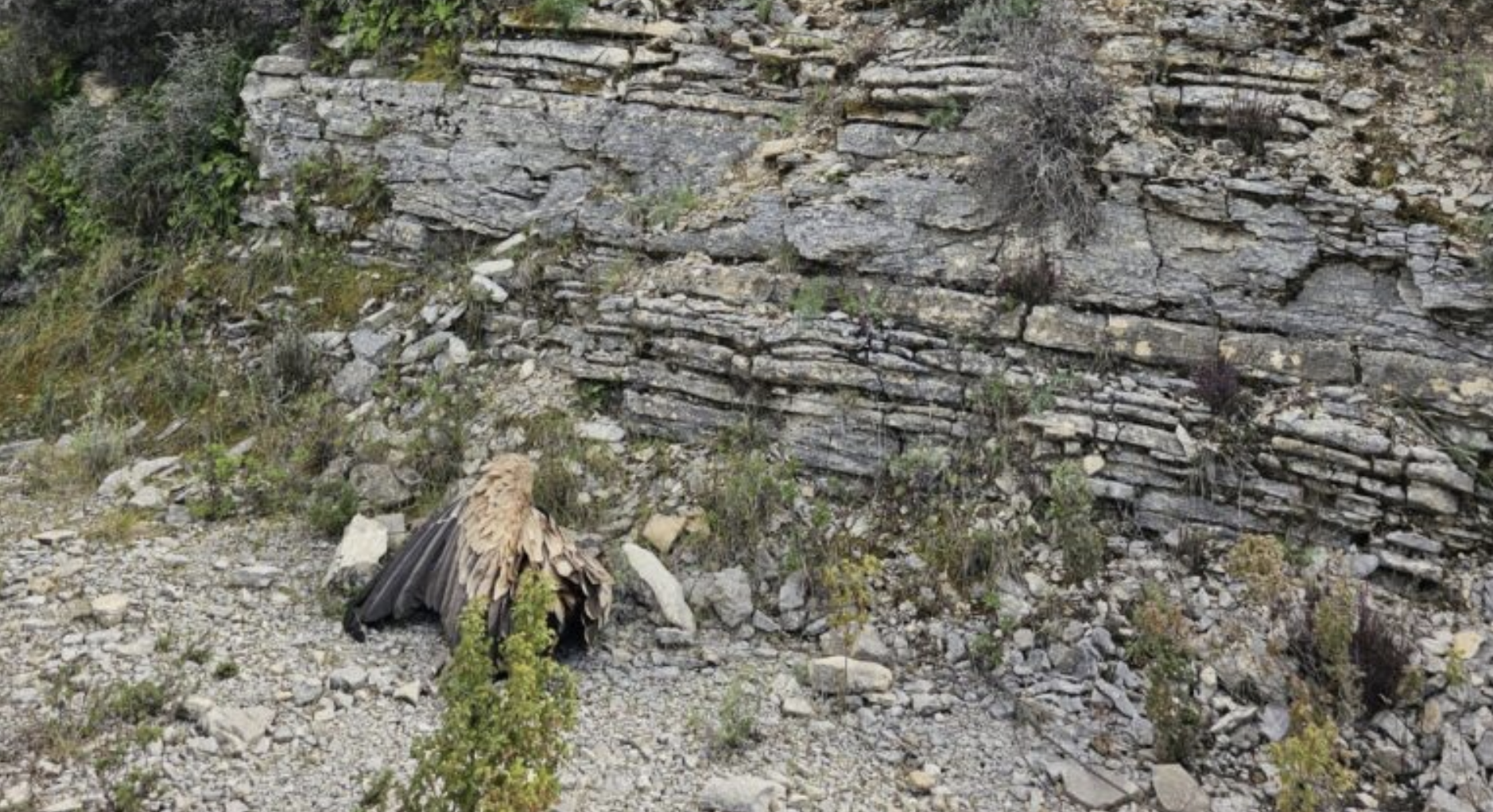It is well known that vultures fly long distances, and many individuals end up crossing many national borders, as part of their migrations, regular seasonal movements or simply foraging trips. This adds complexity to vulture conservation – it needs to be implemented across several countries, but also adds excitement and a much appreciated international flavor. This is the story of IFP, recently received at VCF from Mario Posilico, a committed vulture conservationist in Italy:
On 2014 the Italian Forest Service (Corpo Forestale dello Stato) started a color-ringing project aimed at tagging griffon vultures belonging to the population established in the central Apennines (Abruzzo and Lazio regions) after the release of 93 birds coming from Spain between 1994 and 2002.
Forty-six free-ranging vultures have been fitted with an orange ring (black code) in the Monte Velino nature reserve from July to November 2014, out of a total of 54 birds captured. One of them, a sub-adult male, ring code IFP, has been photographed on July 2015 by Julien Traversier (from the NGO Vautours en Baronnies) in the Baronnies (France) while attending a supplementary feeding facility (see photo). The Baronnies lie about 700 km away from Monte Velino.
It is quite common to capture or re-sight griffon vultures from abroad in the Monte Velino reserve, mainly birds coming from Spain and France, and to a lesser extent from Croatia and Portugal as well as from other Italian sites (Calabria and Sicily). These are mainly immature vultures but some of them have settled and bred in the area.
The observation by Julien is the only recent record of a vulture native or ringed within Monte Velino reserve which has been sighted in another European country. This record – maybe along with others in the future – will hopefully contribute to the overall picture of immature griffon vultures dispersal routes among the many vulture populations in central and southern Europe.
For further information on ringing project in Italy please contact Forest Service – Ufficio Territoriale Biodiversità di Castel di Sangro: utb.casteldisangro@corpoforestale.it or Mario Posillico: m.posillico64@gmail.com




